Using Herbs As Edging: How To Grow An Herb Border
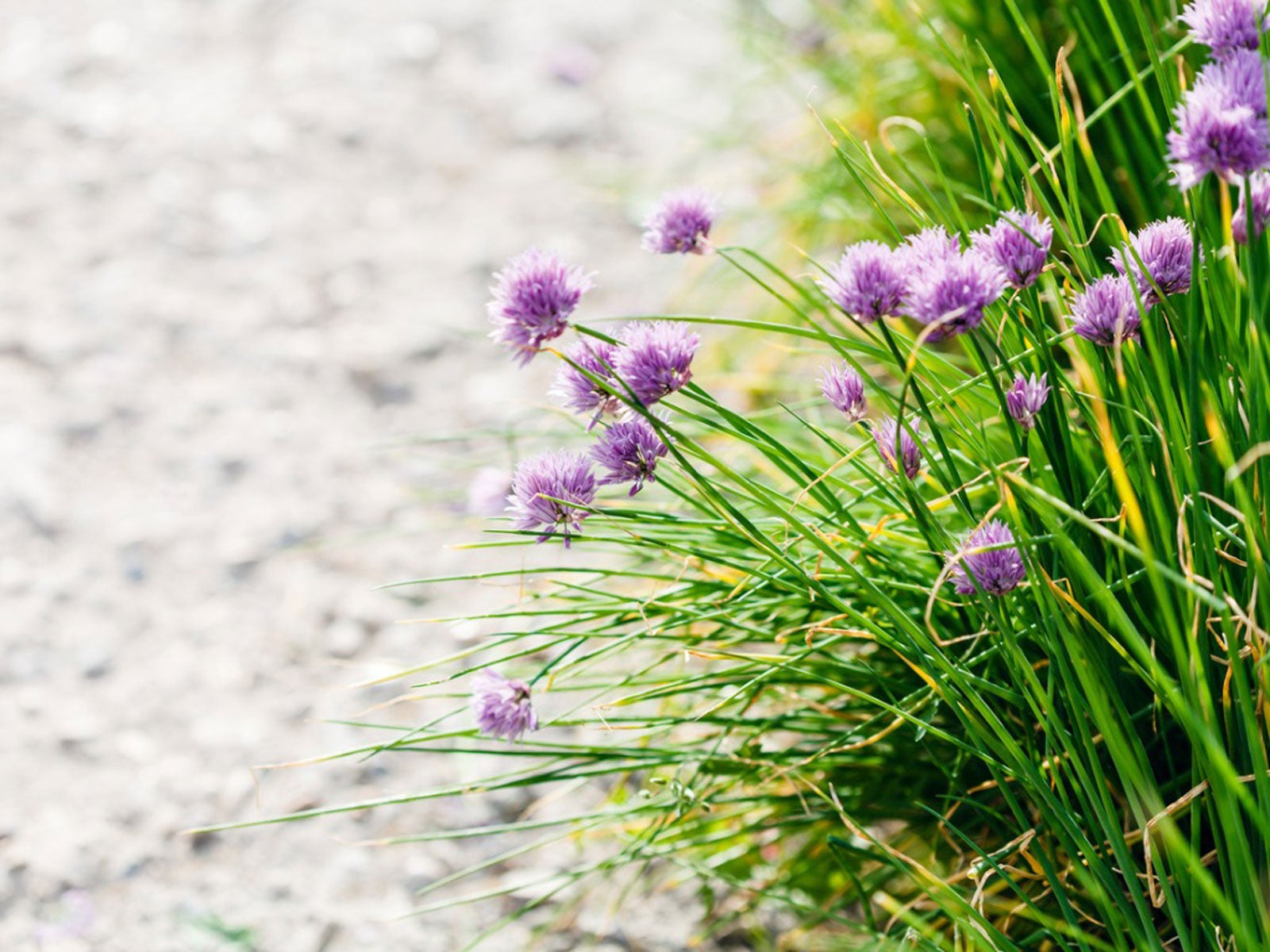
Herbs can, of course, be grown in an herb bed designed solely for their culinary use but using herbs as edging or as borders is a fun way to incorporate them amongst the rest of the landscape. Edging with herbs is also another way to integrate edible plants into the landscape while at the same time delineating a particular area of feature. Interested in trying your hand at herb edging? Read on to learn how to grow an herb border.
About Edging with Herbs
When gardeners plan a new garden space, they usually map out the shape of the bed, prepare the soil for planting and sketch out the location of trees, shrubs, and other plants. What is often an afterthought, if a thought at all, is edging.
Edging or creating borders often between the garden bed and lawn is the finishing touch. Although it is a finishing touch, it’s actually the first thing the eye is drawn to. It also plays an important role by setting boundaries while also illuminating and complementing certain features of the garden.
There are quite a few herbs useful as borders or edging. Edging with herbs is a practical, low maintenance, edible solution to outlining the garden. Plus, placing herbs on the outside edge of a bed makes them readily accessible, easily in reach to snip their aromatic foliage.
Types of Herbs for Herb Edging
Many herbs are suited for edging pathways, vegetable gardens, or perennial beds. If the border is at risk for being trampled on by pets or kids, stick to herbs that can take a beating such as thyme or chamomile.
Consider the height of the mature herb, the types of herbs you would find most useful, and those that offer the most fragrance and color. Low growing herbs include:
Useful herbs as borders might include any of the aforementioned culinary herbs, tea herbs, as well as medicinal ones such as pennyroyal.
Gardening tips, videos, info and more delivered right to your inbox!
Sign up for the Gardening Know How newsletter today and receive a free copy of our e-book "How to Grow Delicious Tomatoes".
Herbs chosen for their rich aroma or lovely bloom hues might include:
- Basil
- Calendula
- Chamomile
- Cilantro
- Dill
- Fennel
- Feverfew
- Hyssop
- Nasturtium
- Purple coneflower
- Rosemary
- Scented geraniums
How to Grow an Herb Border
As you are deciding on what herbs as edging plants you might want to use, play around with the sizes. The general rule of thumb is to put low growing plants at the forefront and taller towards the back. While this makes sense, some rules were made to be broken. There is no reason that an exquisite tall bronze fennel can’t command a space at the edge of a curved path. It even adds some mystery to the garden, as in what is around the bend?
Of course, a tidy row of lavender also has its place when using herbs as edging, especially if this rigid line is confining a riotous garden bed.
Once you’ve decided on the plants you would like to use, you may need to complete the edge with a border of bricks, blocks, wood, or plastic edging. It isn’t necessary but does lend a finished look to the bed and keeps the lawn from spilling into the bed and the lawn mower from destroying the plants.

Amy Grant has been gardening for 30 years and writing for 15. A professional chef and caterer, Amy's area of expertise is culinary gardening.
-
 Looking For Plants To Give You The Soft And Fuzzies? Try These 5 Fuzzy Leaf Plant Options
Looking For Plants To Give You The Soft And Fuzzies? Try These 5 Fuzzy Leaf Plant OptionsLovers of texture, drama, silver foliage and tactile plants will adore these special sensory garden additions. These fuzzy leaf plant options will leave you all aglow
By Susan Albert
-
 Get Ready For A Summer Of Hummers! Grow These Full Sun Hummingbird Plants and Flowers
Get Ready For A Summer Of Hummers! Grow These Full Sun Hummingbird Plants and FlowersIf you’re lucky enough to enjoy a sunny backyard, make sure you are maxing out on your pollinator opportunities and grow these full sun hummingbird plants and flowers
By Tonya Barnett
-
 Grow Tasty Herbs For Roast Turkey In Your Garden
Grow Tasty Herbs For Roast Turkey In Your GardenCan you season your turkey with herbs you grow in your own garden? Yes! Click to learn more.
By Amy Grant
-
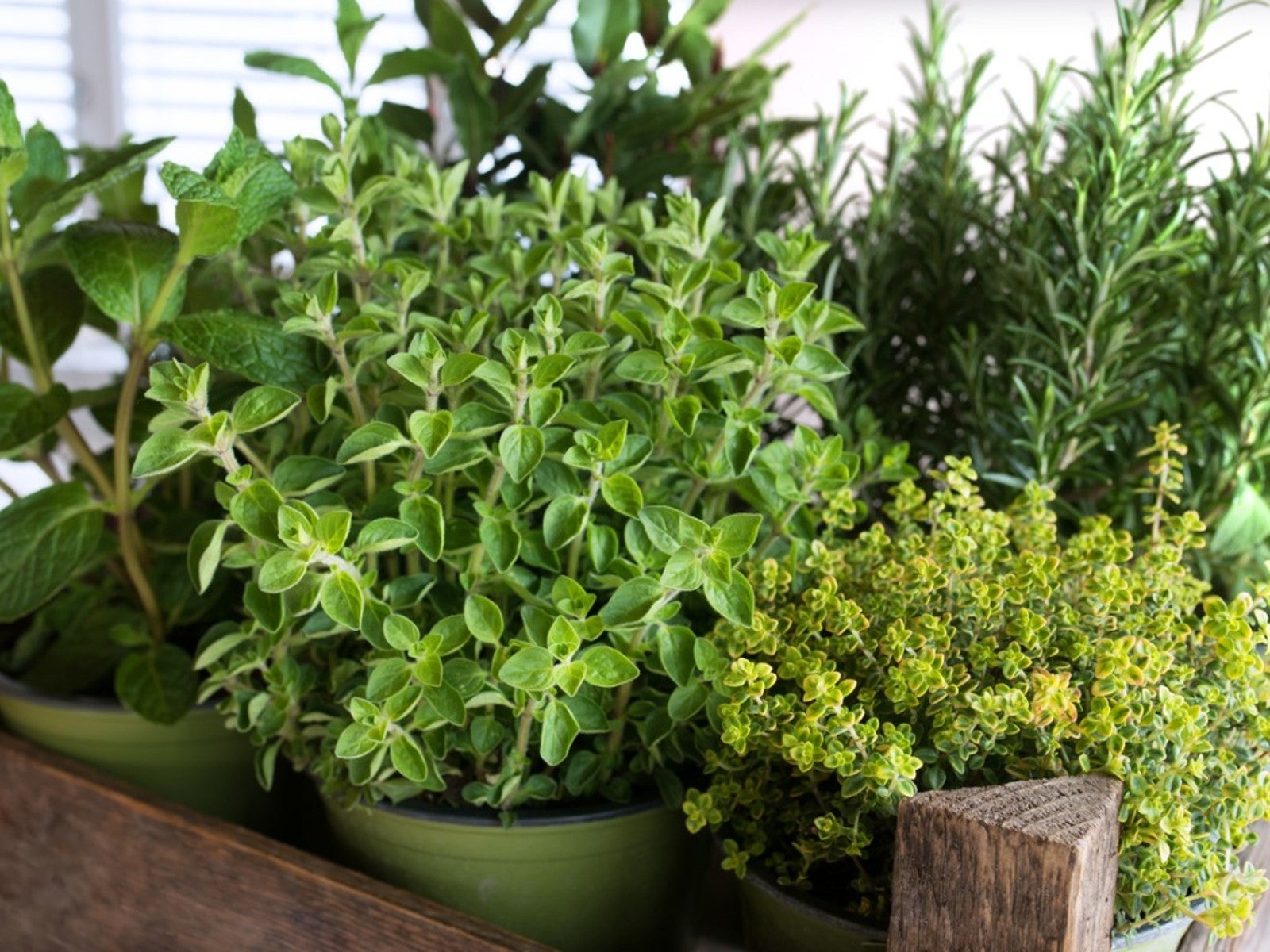 10 Easy Herbs For Beginners
10 Easy Herbs For BeginnersIf you’re new to herb growing, there are some perfect beginner herbs that are low maintenance and easy. Here are our top ten.
By Mary Ellen Ellis
-
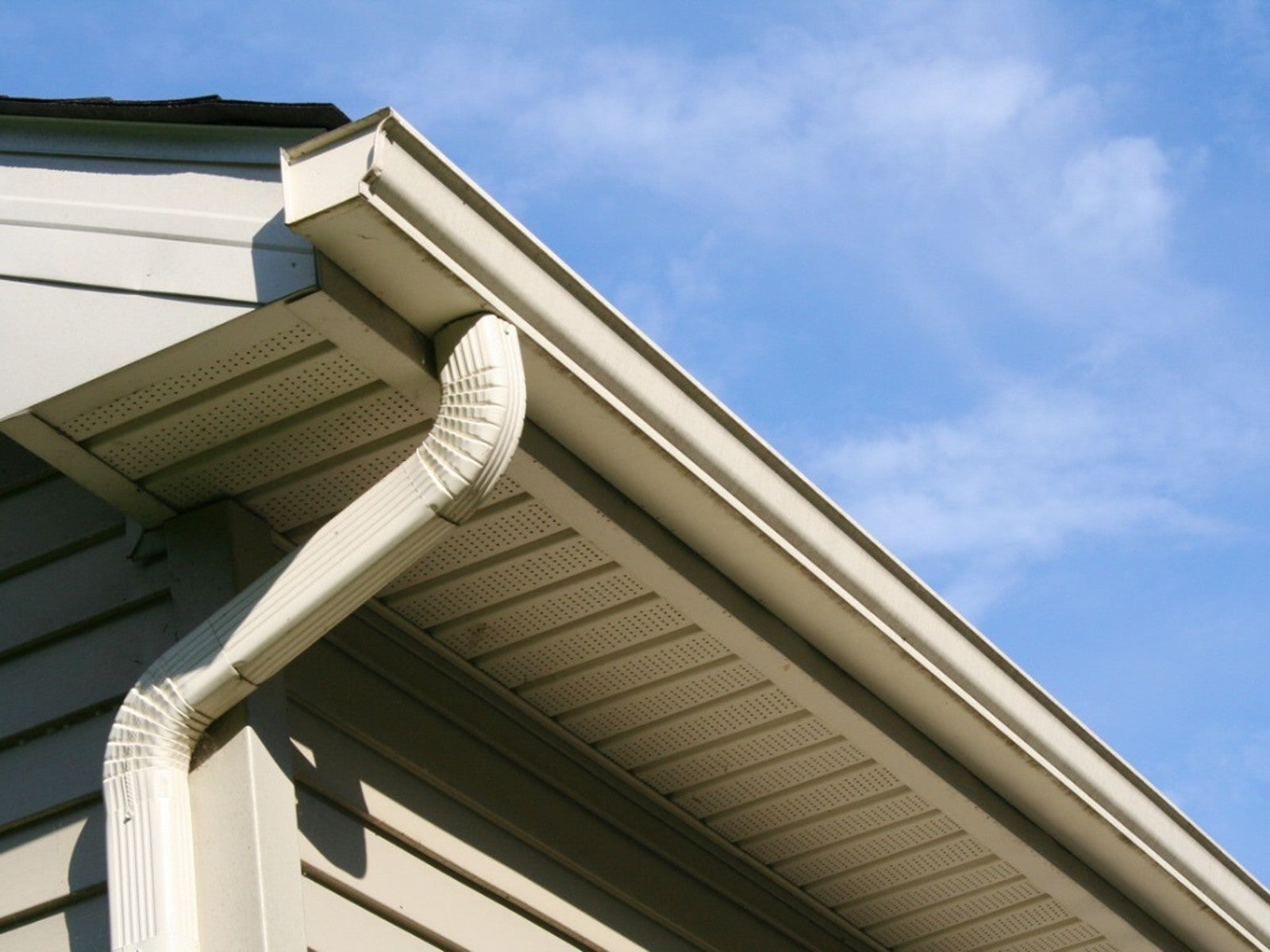 How To Make A Rain Gutter Herb Garden
How To Make A Rain Gutter Herb GardenOne really fun look outside the box is a hanging rain gutter herb garden. A gutter planter is a unique way to house and showcase plants.
By Bonnie L. Grant
-
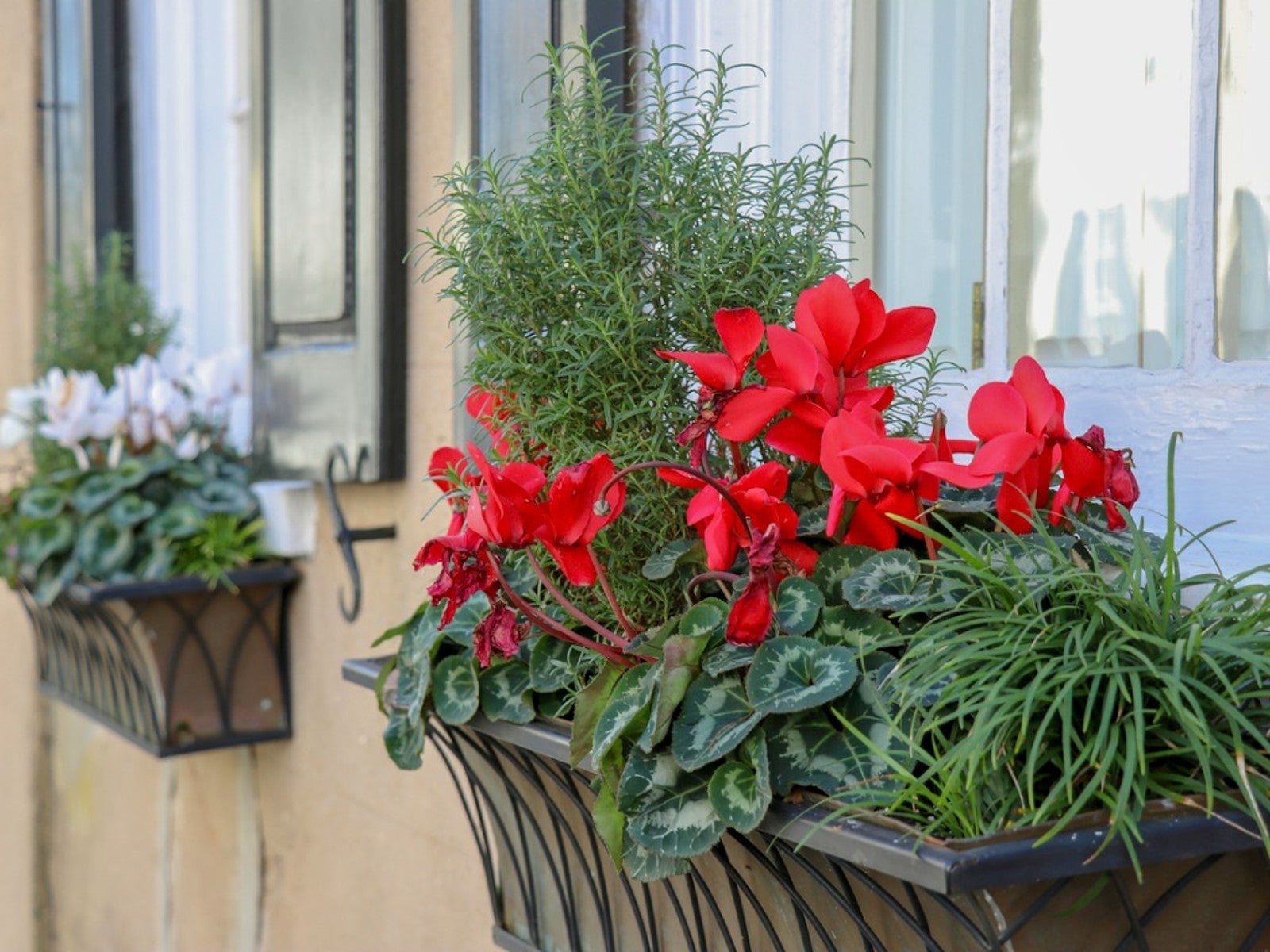 Grow A Beautiful, Edible Herb Window Box
Grow A Beautiful, Edible Herb Window BoxGrowing herbs in window boxes is a space-saving method for producing culinary ingredients for kitchen use. Click for more.
By Laura Miller
-
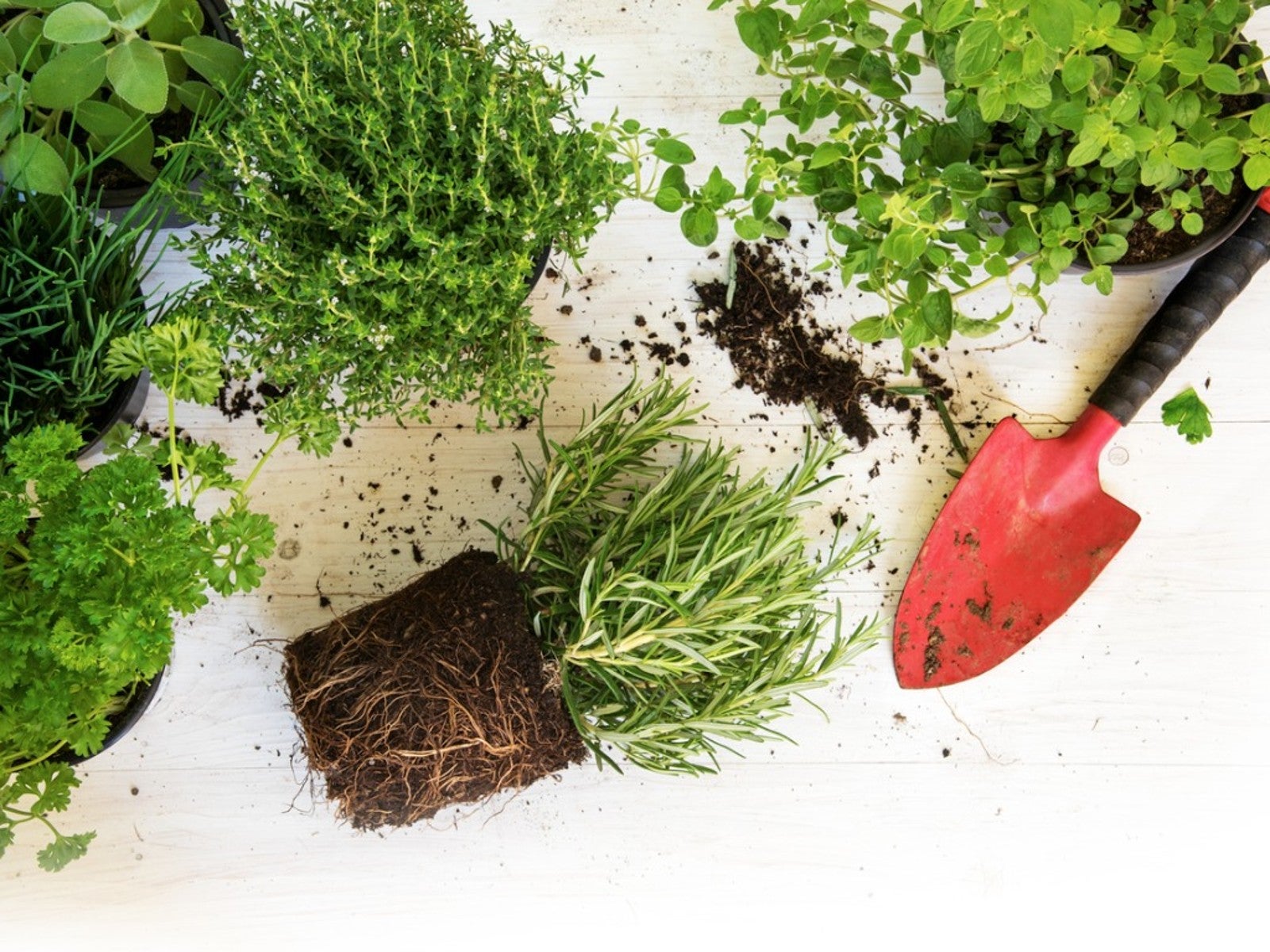 Best Herbs To Direct Sow Vs. Start Indoors
Best Herbs To Direct Sow Vs. Start IndoorsKnowing when to buy herb plants or start them from seeds or cuttings is essential to your success. Read on to learn more.
By Laura Miller
-
 Learn About The Highly Prized Silphium Herb
Learn About The Highly Prized Silphium HerbWhat if there was a perfect plant? In ancient times such a treasure existed. It was the silphium plant.
By Laura Miller
-
 Grow Healing Herbs Indoors: Combat Winter Illness With A Medicinal Garden
Grow Healing Herbs Indoors: Combat Winter Illness With A Medicinal GardenIf you are growing medicinal plants at home, did you know you also can grow an indoor medicinal herb garden? Read on for more.
By Susan Albert
-
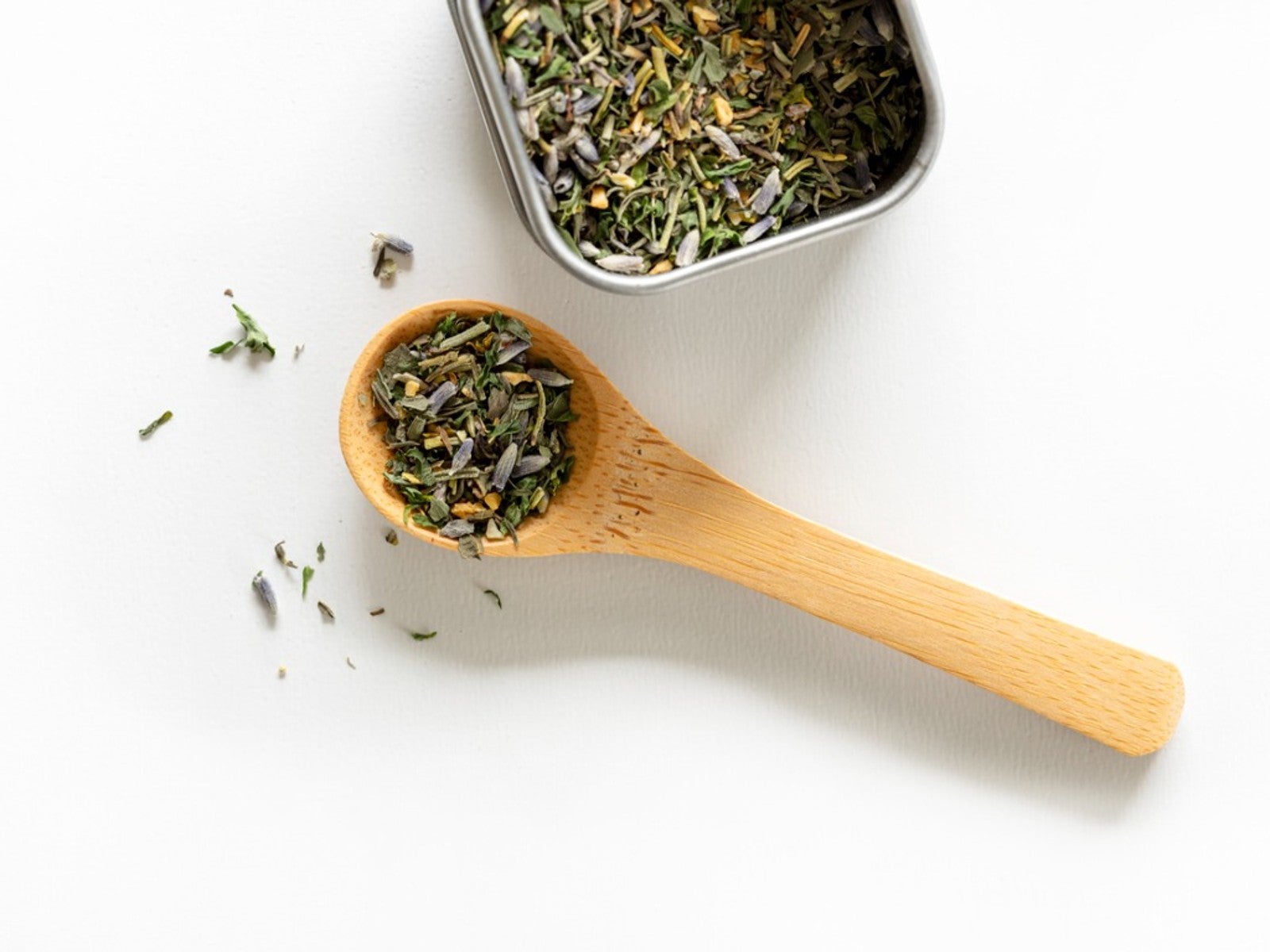 Grow Your Own Herbes De Provence - How To Grow, Dry, And Store Herbs
Grow Your Own Herbes De Provence - How To Grow, Dry, And Store HerbsHomemade gifts can add that special touch to any occasion, such as a jar of herbes de provence. Click here to learn how to grow and make your own for gifting.
By Laura Miller